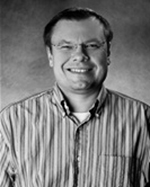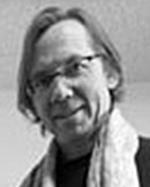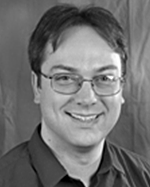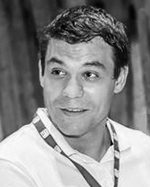 |
Geomechanical Measurements |
Question: How can measurements of geomechanical properties at pore and core scales
be improved?
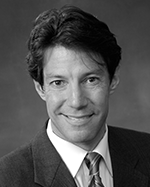
John Popovics, PhD
University of Illinois, Urbana-Champaign
Dr. John S. Popovics is a professor in the Department of Civil and Environmental Engineering at the University of Illinois at Urbana-Champaign and also holds the title of CEE Excellence Scholar. His research findings have been published in four chapters in books and over 70 articles in peer-reviewed technical journals. He received the National Science Foundation CAREER award in 1999, the ASNT Fellowship Award in 2012, and the ASNT Faculty Award in 2014. He has been recognized as a Fellow of the American Concrete Institute and the American Society for Nondestructive Testing, and he is a registered professional engineer in the Commonwealth of Pennsylvania. Over the past 20 years, Dr. Popovics has been actively engaged in research funded by the National Science Foundation, the Department of Energy, and The National Academy of Sciences and Engineering, among other agencies. His research program investigates testing, analysis, and novel measurements for infrastructure and geologic materials. His areas of expertise include wave propagation modeling and testing, material nondestructive testing and imaging, and innovative sensing technologies.

|
Hypothesis Statement: Completion of coordinated but distinct laboratory-scale experiments focusing on characterization of thermo-hydro-mechanical properties of rock will provide improved measurement capability and technology and will further enable the linkage of important reservoir material behavior processes, specifically injection-induced microseismicity, across the pore and core scales.
This research theme will address fundamental questions regarding the laboratory measurements of mechanical properties of rocks perturbed by the process of CO2 storage. New (e.g., X-ray CT [computed tomography] scanning, advanced ultrasonics, and magnetometry) and conventional (e.g., acoustic emission, electrical resistivity) experimental measurement methods will be deployed to study the effects of brine and CO2 injection on the stress field, mechanical properties, and induced microseismic activity of sandstone samples subjected to simulated injection environments. The influences of stress and saturation on the observed behavior will be separated by testing different sample sets similarly. Intact samples will be tested to establish baseline behavior. Samples with simulated geologic features will be tested under the baseline pore fluid saturation to enhance stress fields and thus understand those influences. This research question intends to (1) link a disparate set of existing and novel material measurements in a meaningful way to thermo-hydro-mechanical properties of geologic materials and (2) fuse disparate data sets in an effective way to better understand subsurface properties and processes experienced by geomaterials subjected to simulated CO2 injection. Test data and images from different length scales and phenomenological bases will provide, when considered together, a deeper understanding of thermo-hydro-mechanical properties of materials associated with geologic storage and induced seismicity.
A need exists for improved measurement methods to better understand the fundamental behavior of rock materials with regard to mechanisms of injection-induced microseismicity and prediction of its occurrence. The proposed research directly addresses this issue, providing fundamental insights into the mechanical properties and dynamic behavior of meso-porous rocks. These insights will empower laboratory-scale studies using cutting-edge technology to better represent and understand subsurface properties related to the effects of CO2 injection on the mechanical properties and dynamic response of the host rock.
